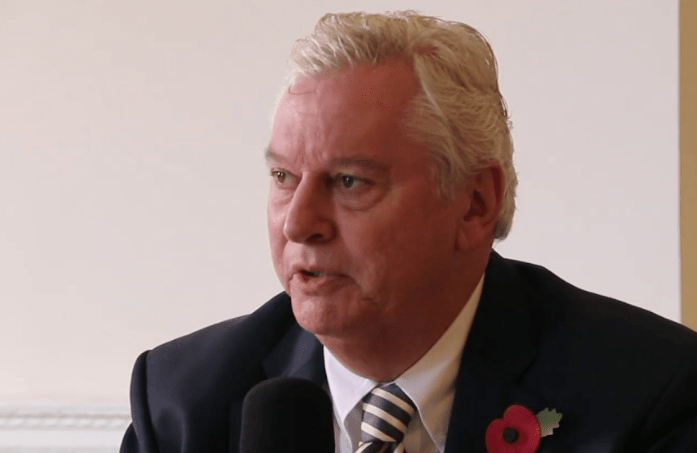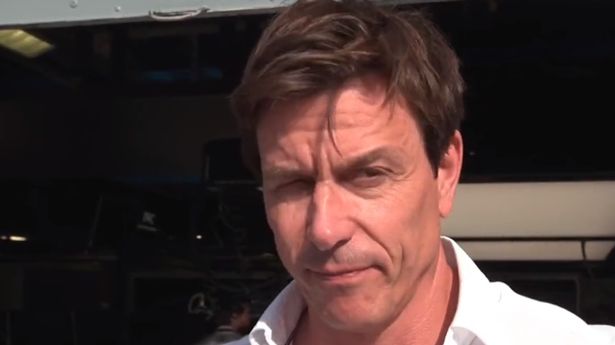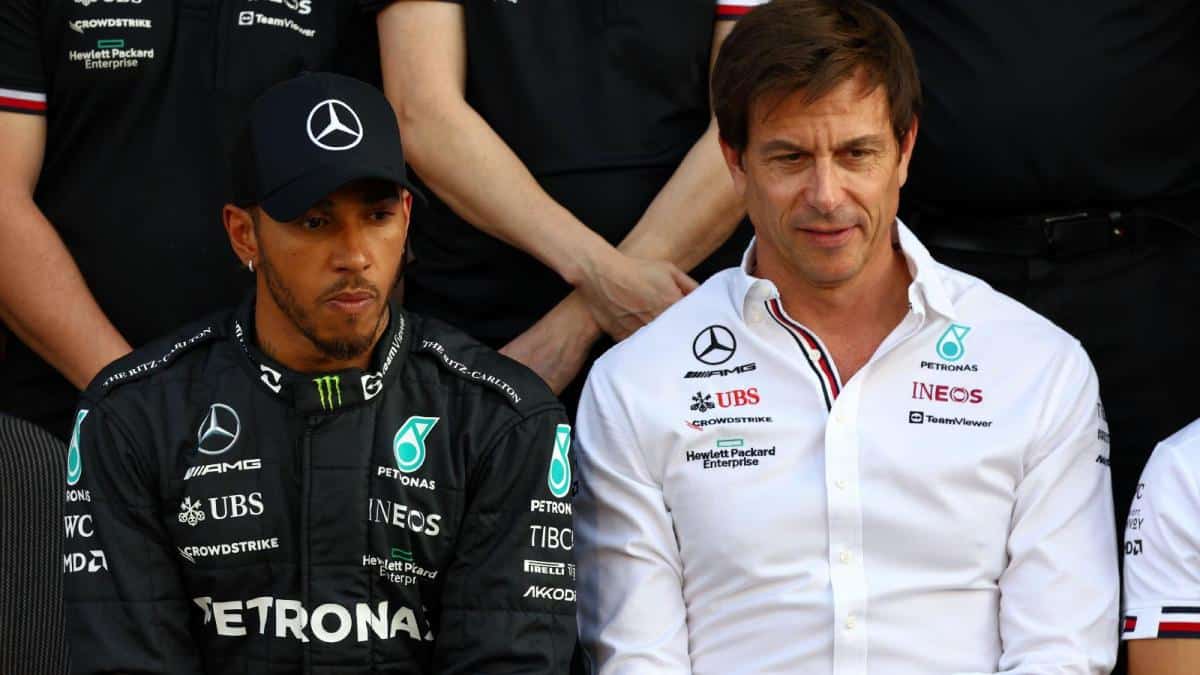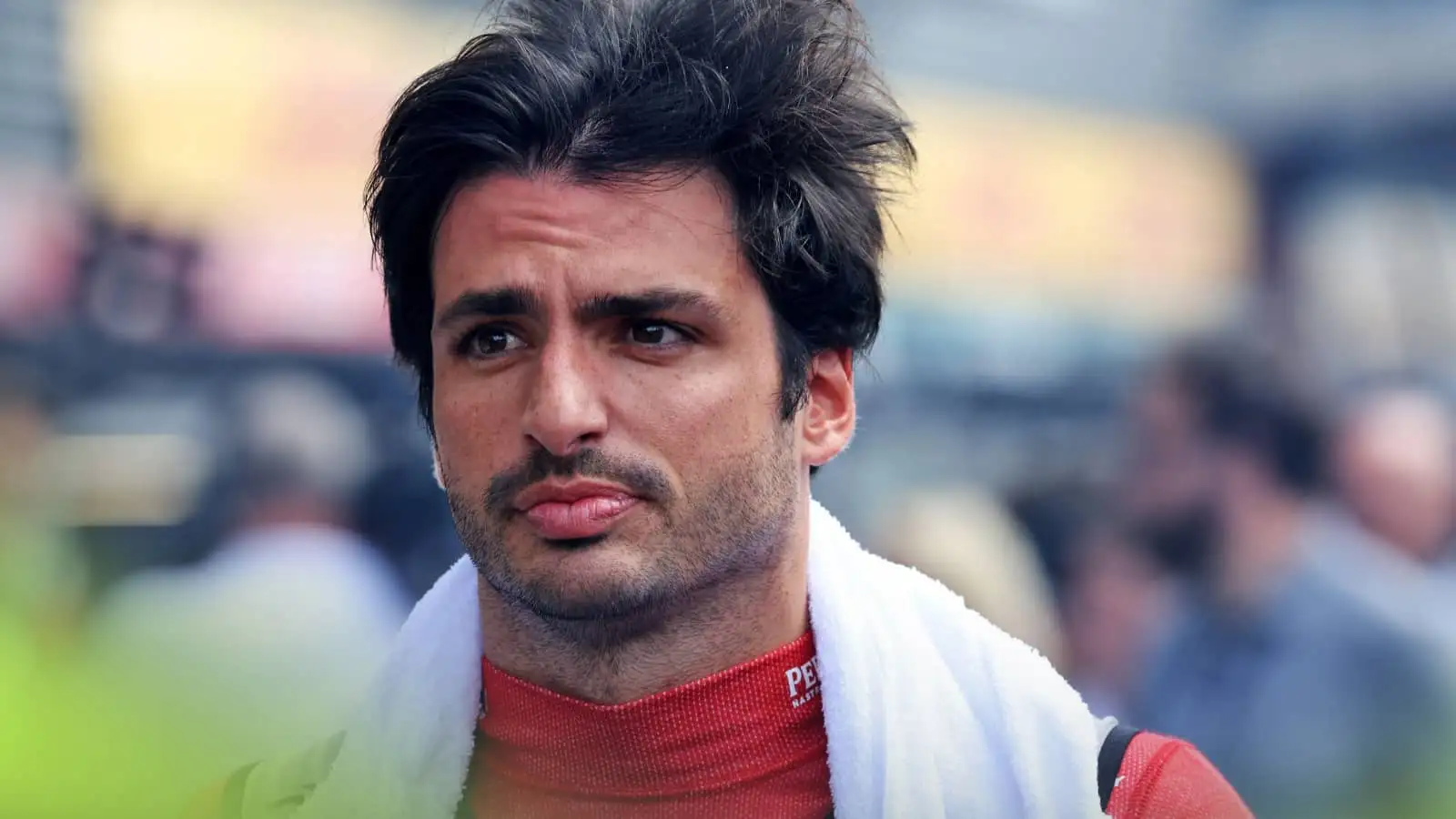In a key development within the Formula One community, it’s been announced that Pat Symonds, the sport’s Chief Technical Officer, will step down from his role after a remarkable seven-year tenure. This information was initially reported by Motorsport.com and signifies the end of an influential era for Symonds, who, alongside Ross Brawn, has played a vital role in shaping the modern technical regulations of Grand Prix racing.
Pat Symonds joined the Formula One organization in 2017, bringing with him a wealth of experience and technical know-how. During his time, he has been a pivotal figure in the transition to the ground-effect era, which started with the 2022 season. This shift aimed to boost competitiveness and excitement within the sport. Symonds has also been crucial in developing the new car designs set to debut in 2026. With these 2026 regulations nearing completion, it seems Symonds has decided it’s the right moment to step back. According to internal sources, F1 staff learned about his decision on Monday, and he has been placed on immediate gardening leave.
Although an official announcement hasn’t been made yet, Symonds’ departure had been anticipated within the F1 community. Turning 71 soon, Symonds has been in discussions regarding his possible exit for a while. Despite considering retirement after the successful 2022 regulations implementation, he chose to stay on to see the next phase of technical progress. However, his immediate gardening leave hints that he may not be retiring entirely from the sport.
Symonds’ stature in Formula One is significant and storied. He began his career with the Toleman team in the early 1980s, which would later evolve into Benetton. His technical prowess helped Benetton rise through the ranks, culminating in World Championships with Michael Schumacher in 1994 and 1995. Symonds’ role in Benetton’s success was instrumental, as he worked closely with Schumacher to optimize the car’s performance and develop innovative strategies.
Following his time at Benetton, which became Renault, Symonds continued to shine, playing a crucial role in Renault’s championship wins with Fernando Alonso in 2005 and 2006. However, his career hit a significant bump in 2009 with the ‘Crashgate’ scandal. It was revealed that Nelson Piquet Jr. deliberately crashed to benefit his teammate Fernando Alonso during the 2008 Singapore Grand Prix. Symonds and team principal Flavio Briatore were implicated, leading to Symonds’ exit from Renault and a five-year ban from Formula One, which was later overturned on appeal.
After his ban, Symonds returned to F1, taking roles with Virgin Racing (later Marussia) and Williams. At Williams, he oversaw a resurgence in the mid-2010s, leading to several podium finishes powered by the dominant Mercedes Power Unit. In 2017, Symonds joined Formula One Management under Liberty Media, where he, along with Ross Brawn, developed the new technical regulations aimed at enhancing the racing spectacle. Symonds was instrumental in transitioning to ground-effect aerodynamics for the 2022 season, designed to foster closer racing and increase overtaking opportunities.
As he nears his 71st birthday, Symonds’ decision to step down marks the conclusion of a career filled with technical brilliance, strategic insight, and contributions that have significantly impacted the evolution of Formula One. His work in the sport transcends mere technical achievements; it includes regulatory innovations and resilience that have left an enduring mark.
Pat Symonds’ departure from his role as Chief Technical Officer of Formula One is the end of a remarkable chapter. With four decades of involvement in the sport, his legacy is built on technical excellence and significant contributions to the sport’s evolution. Though stepping down, his influence will undoubtedly be felt for years to come.









